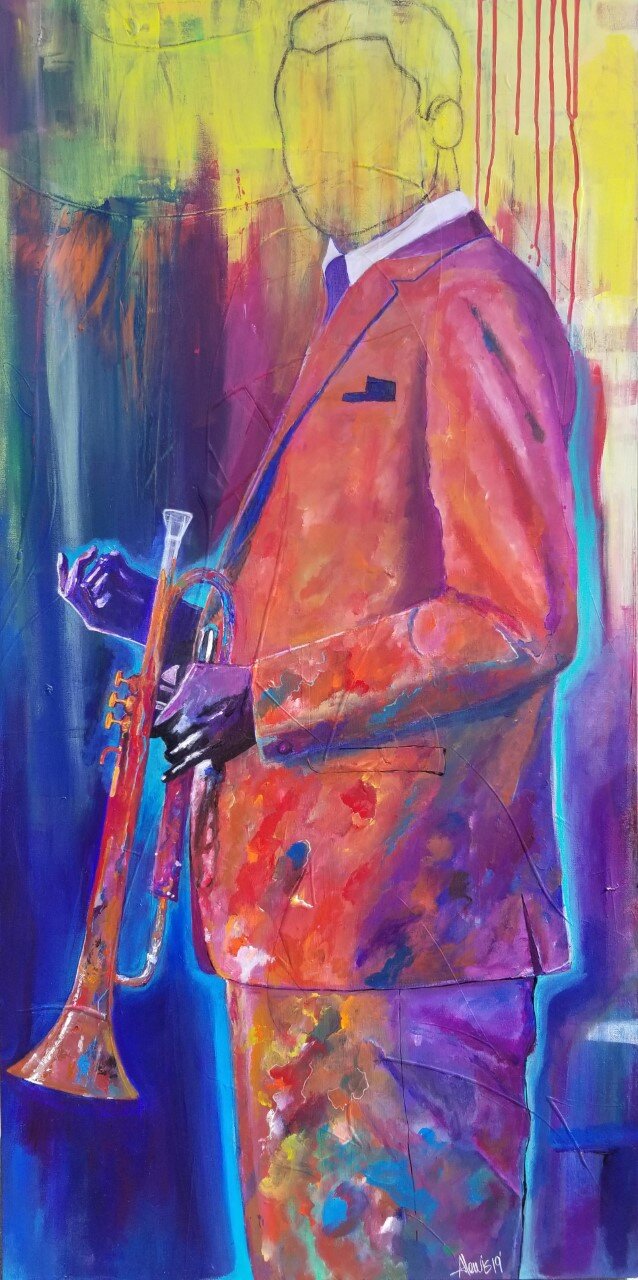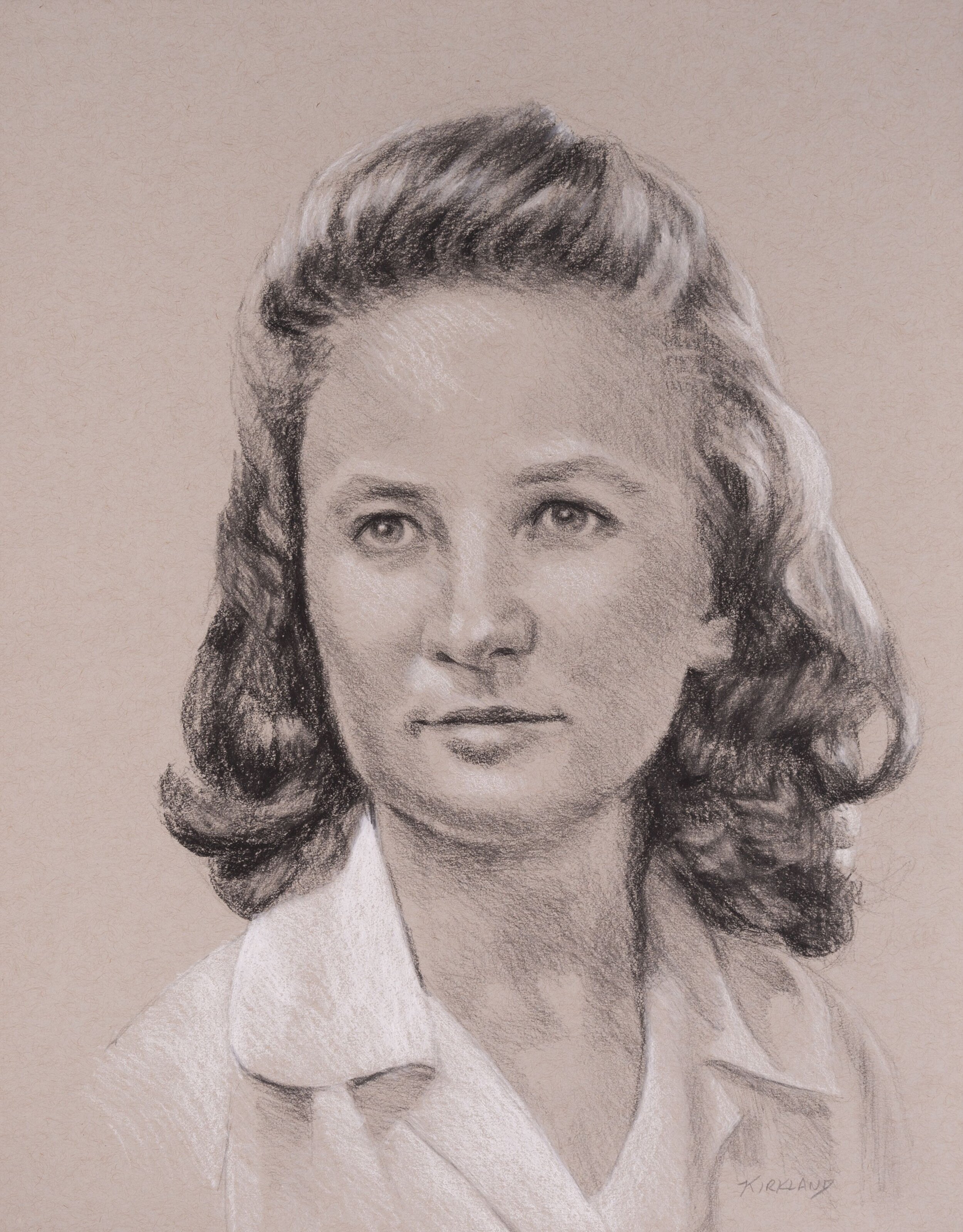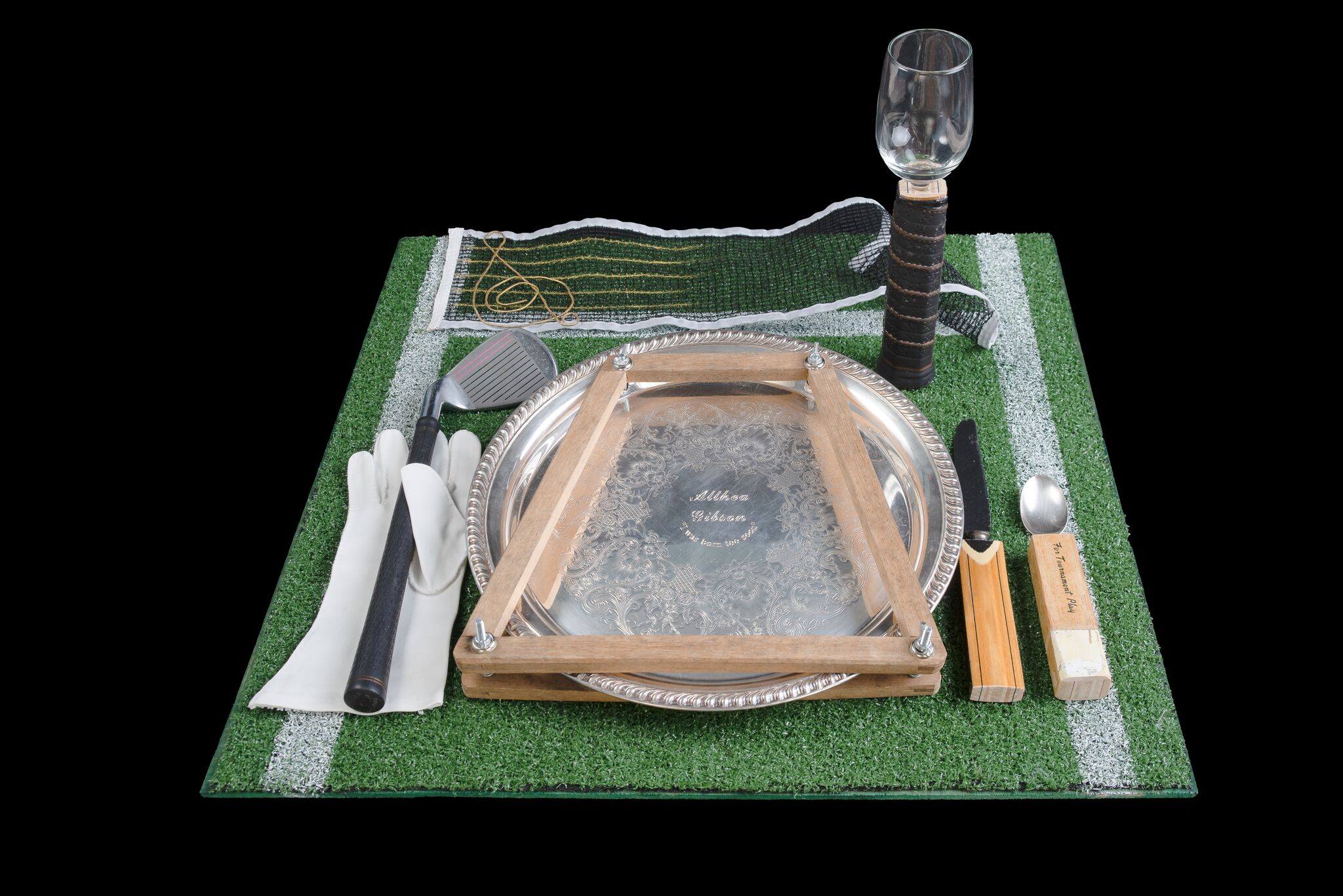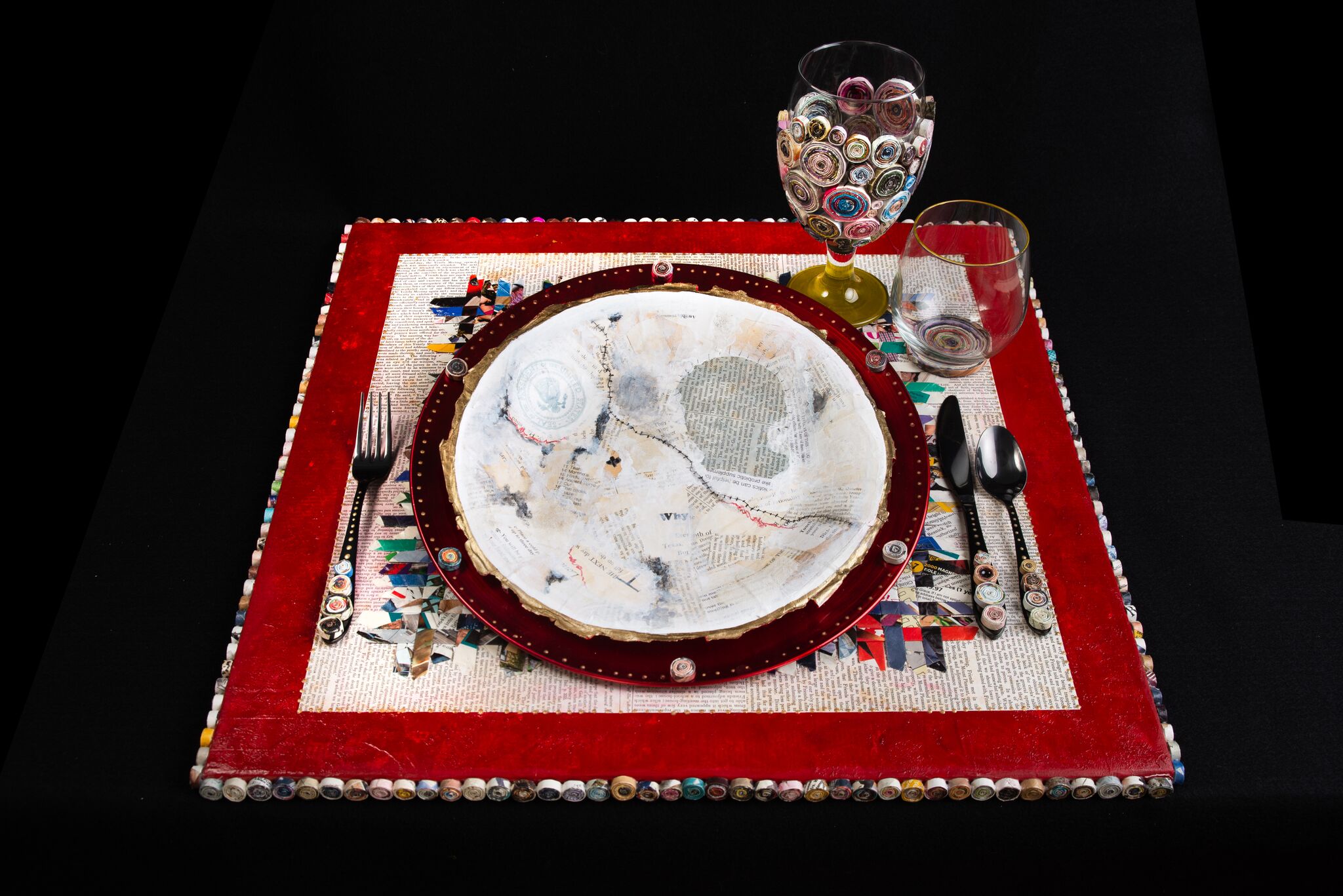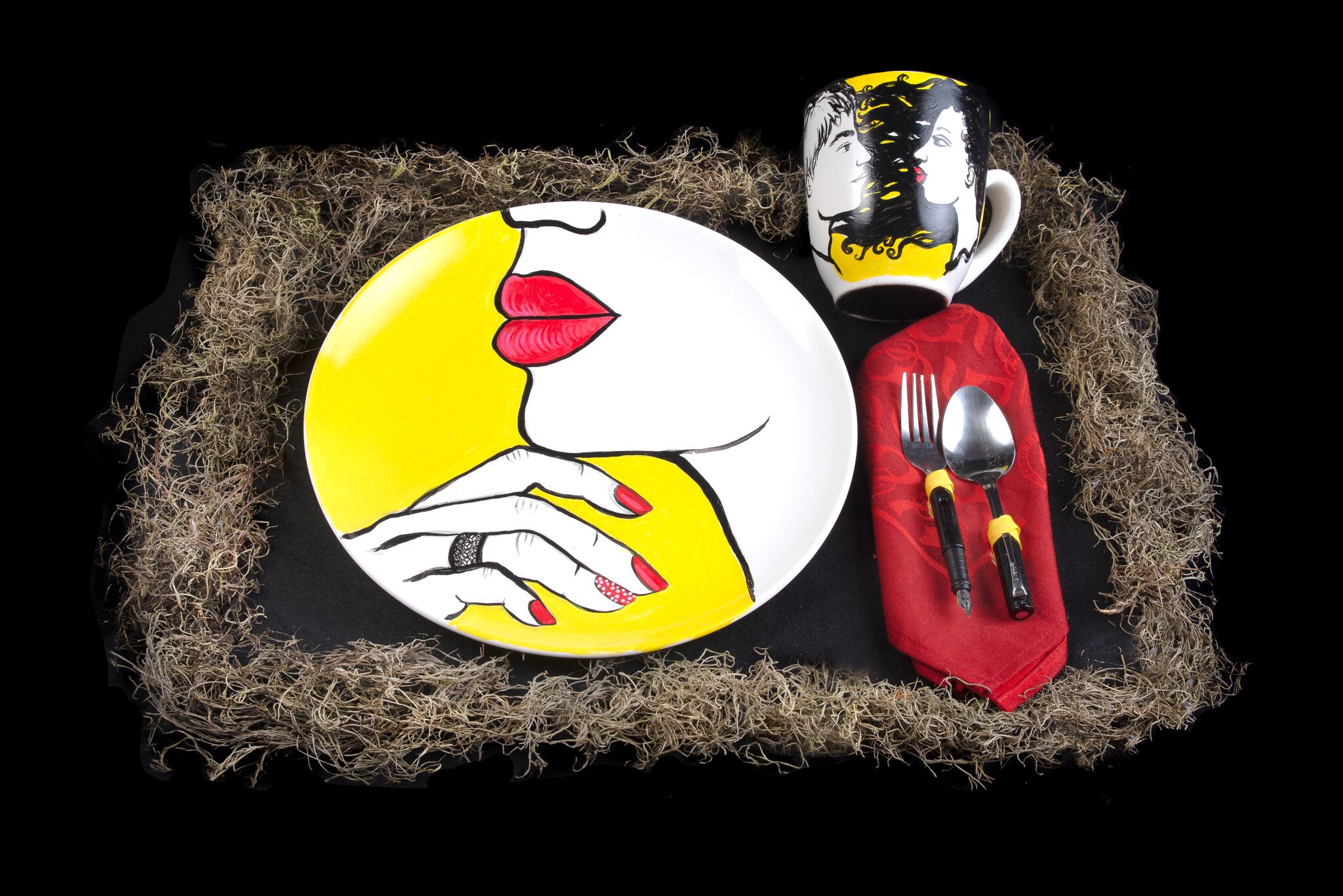Back for its 6th installment, the Jasper Project is delighted to celebrate the 10 filmmaker team leaders whose 6 minute films will premiere on Wednesday October 30th at the 2019 2nd Act Film Project.
The brainchild of filmmaker and project director Wade Sellers and sponsored by the Jasper Project, 2nd Act Film Project is unique in its creative challenge, for seasoned and first-time filmmakers alike, in that the first and third acts of a screenplay are provided to the artists who, in turn, write the second act and create the film in its entirety.
Several veteran 2nd act filmmakers are returning to the project for the 2019 event including Ian O’Briant and Amy Brower.
Amy Brower is an actor, film maker and producer based in Columbia, SC. This is her 3rd year involved with 2nd Act. Her overall goal with the festival this year is to challenge herself as a writer and director and support and celebrate the film community in SC. It was a no-brainer for her to join the project again this year. “I just asked myself, ‘Why not?’ she says. “ I wear a lot of hats in the film world, but screen writer is a first for me. 2nd act is special because, unlike a 48, or a feature, it provides just the right kind of time line and writing prompt to fit into my already booked schedule.”
Amy Brower
Brower continues, “This year was about taking everything I’ve learned and linking arms with some of my favorite people and committing to tell a story that we hope people with connect with. As a film maker, I knew I wanted to share more of myself. 2nd Act film Project gave me the push I needed to actually make it happen.”
Ian O’Briant agrees. Having lived in Columbia since 2000, O’Briant shares a home with his wife and three children. A graduate of UofSC Media Arts, O’Briant is now an IT director after ten years as a multimedia journalist and television producer. The 2nd Act Project is his preferred annual outlet for all things sleepless and cinematic.
Ian O’Briant
“I’m convinced that the 2nd Film Project is the best way to network with other artists and promote the very talented and growing community of motion media artists here in Columbia,” he says.
Filmmaker Jennifer Baxley is also returning to 2nd Act this year. According to Baxley, she “actually met President Trump during the auditions for Season Five of the Apprentice because of her first film (yes, hold your applause).” For the 2019 project she is partnering with the law firm Baxley, Pellerin, and Lindley. In her other life, she is a software developer and an adjunct instructor for Midlands Technical College. This will be her second foray into the 2nd Act Film Project.
Though this is his first experience with 2nd Act, David Axe is a veteran filmmaker based in Columbia, SC, who also writes, creates content for graphic novels, and serves as a freelance war correspondent. Axe wrote and produced The Theta Girl (2017) and wrote and directed Azrael (2019) and Shed (2019). His goal in producing a short for 2nd Act Film Project is to make something memorable and weird — and to do it quickly.
From the age of 13, Silas James Rowland has been creating and producing visual representations of his ideas through the art of filmmaking. Ten years later, he has two feature films under his belt as director (The Sinful South, Cracks), has DP'd three feature films, a handful of shorts, and most recently ne created an hour long documentary filmed in Scotland. His goal with 2nd Act is to dive back into experimental short films and enter into the festival circuit, something he has never done.
2nd Act first-timer. Henry Coonrod, says that, as a filmmaker his top priority is his cast and crew. “I chose this career because I wanted to make interesting things with interesting people, he continues. “Film is this magical medium where private, intimate, intense and beautiful spaces are created; spaces where people work their hardest to create something real. As a writer, director and student myself I seek to create sets where people aren't afraid to ask questions, learn, and build a foundation to create their own movies. My work moves between traditional narrative films and experimental, usually animated, shorts. I have been making films for three to four years now and I still have a lot to learn, I just feel lucky to be part of such a great local film community!”
Also a cinematographer and graphic designer, Sean Parsons started out as a 35mm film photographer. He then went on to enroll in traditional film studies which eventually led to work in animation for children's education where he focused on background and layout artwork. Parsons returned to filmmaking with short films like, Terminus and Syntrifica, which he directed, photographed, edited, sound designed and did the visual effects for.
Taiyen Stevenson
Taiyen Stevenson is a graduate of the University of South Carolina with a Bachelors Degree of Arts and Science. After his experiences with acting, he decided to write and produce his own short films (Images, Thanks for Everything, and his most recent, The Street Lights Are On). He is currently in the process of launching his film production company, "Virgo Kid Productions." This is his first time entering the 2nd Act Film Project and his main goal is to create strong and significant movies that will capture the audience's attention.
Daniel Colella is a senior undergrad student at The College of Charleston pursuing a BA in English and Film Studies. He is the president of the CofC Film Club and the executive video producer for the Campus Media Organization, CisternYard Media.
Finally, William Woody considers himself pleasantly condescending. He busies himself in screenwriting, stand-up comedy, and illustration.
Poster art by Cait Maloney
The public is invited to join these filmmakers and the board of directors for the Jasper Project on Wednesday, October 30th for the 2nd Act Film Project, offering two screenings at 7 pm (sold out) and 9:15. While the first showing will invite audience members to vote on their favorite film for the Audience Award, and the filmmakers themselves to select the coveted filmmakers’ award, the awards will be presented following the earlier screening and announced to the audience of the later screening following that performance. Ticket are available at Eventbrite and are only $10.
The Jasper Project wishes to recognize our generous and steadfast 2nd Act Sponsors Mr. Bill Schmidt, Precision Overhead Door, Columbia Arts Academy, Sound and Images, Trustus Theatre and Coal Powered Filmworks. We are especially appreciative of Chad Henderson, artistic director of Trustus Theatre and former winning 2nd Act Filmmaker himself, who is serving as our host for the second year, Cait Maloney who created our poster art, and Matthew Kramer, formerly of Columbia, who sculpts traditional trophies for our winning filmmakers.







